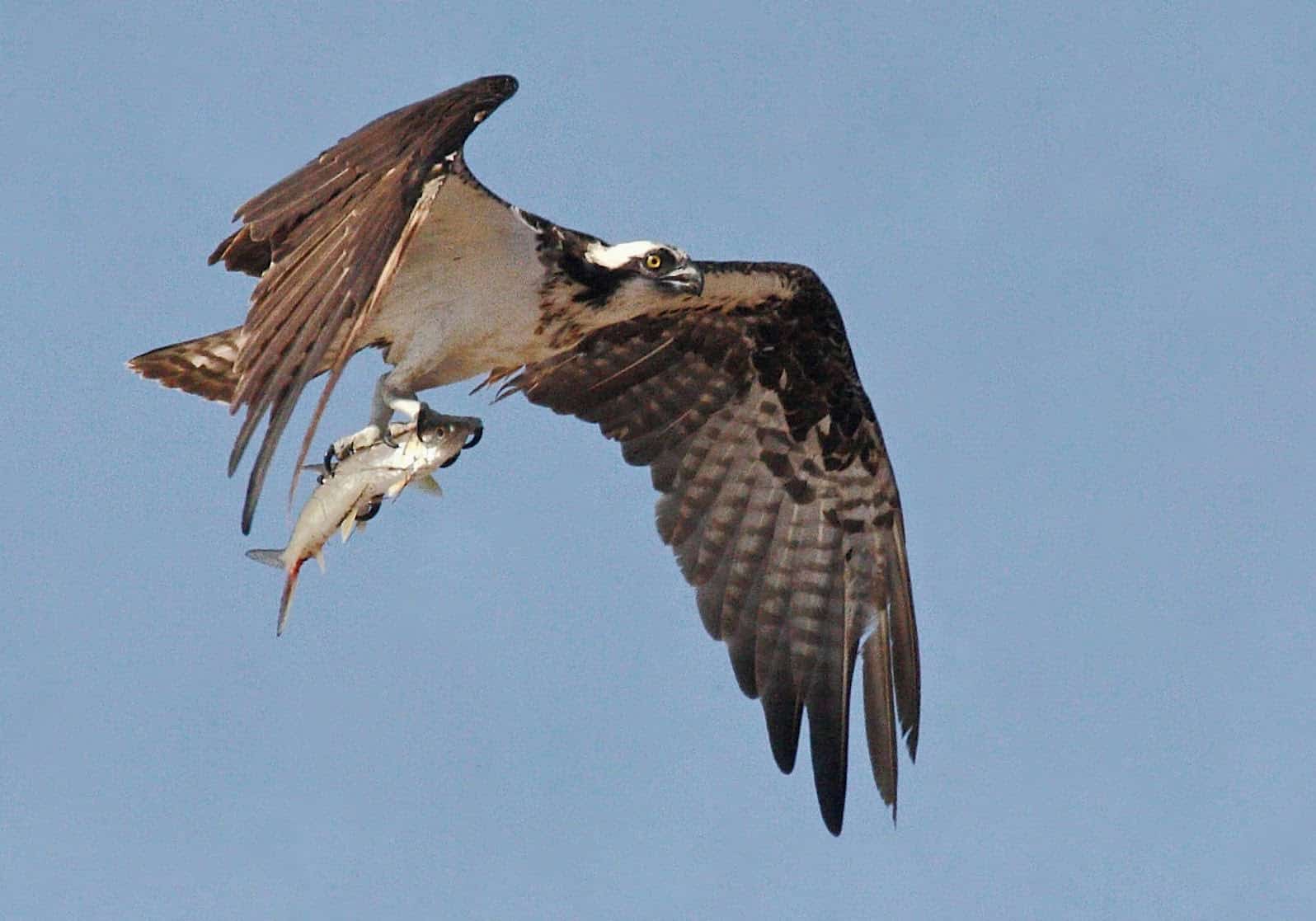Arkansas tracking group recovers deer, memories
ON 09-21-2022
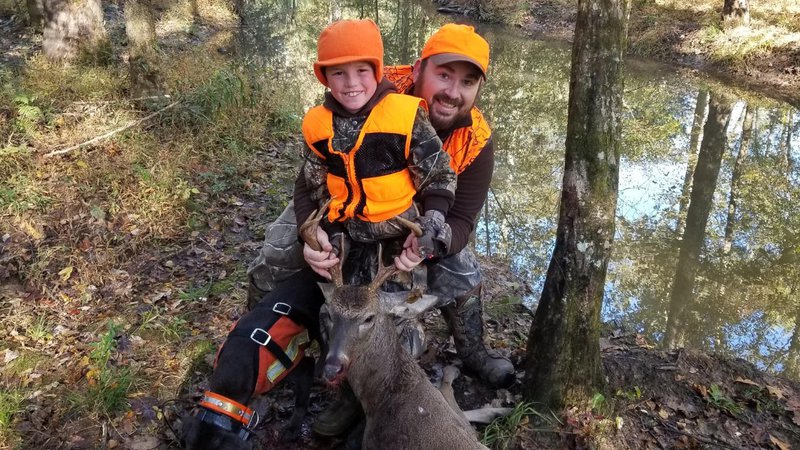
Sept. 21, 2022
Randy Zellers
Assistant Chief of Communications
LITTLE ROCK — Arkansas’s deer archery season opens Sept. 24, and a few enthusiastic bowhunters have already begun chasing deer through special urban bowhunting opportunities throughout the state. While most archers, as well as hunters using rifles or muzzleloaders, recover their deer with a fairly fast fast tracking job, every now and then a deer gives hunters the slip before it succumbs to the shot. The Arkansas Blood-trailing Network is available to help hunters leave the woods with the meat and the memories that come from successful outings.
Brad Besancon, a retired firefighter from Benton, started the group on Facebook in 2015 after seeing similar groups in other states to help hunters locate lost deer.
“I got my first tracking dog in 2014,” Besancon said. “By the time she was 2½ years old, she was going really well and I was covered up with requests from family and friends. With all the requests I had, I knew there was a need to expand. We have around 70 trackers and their dogs listed on the site now to help people throughout the state.”
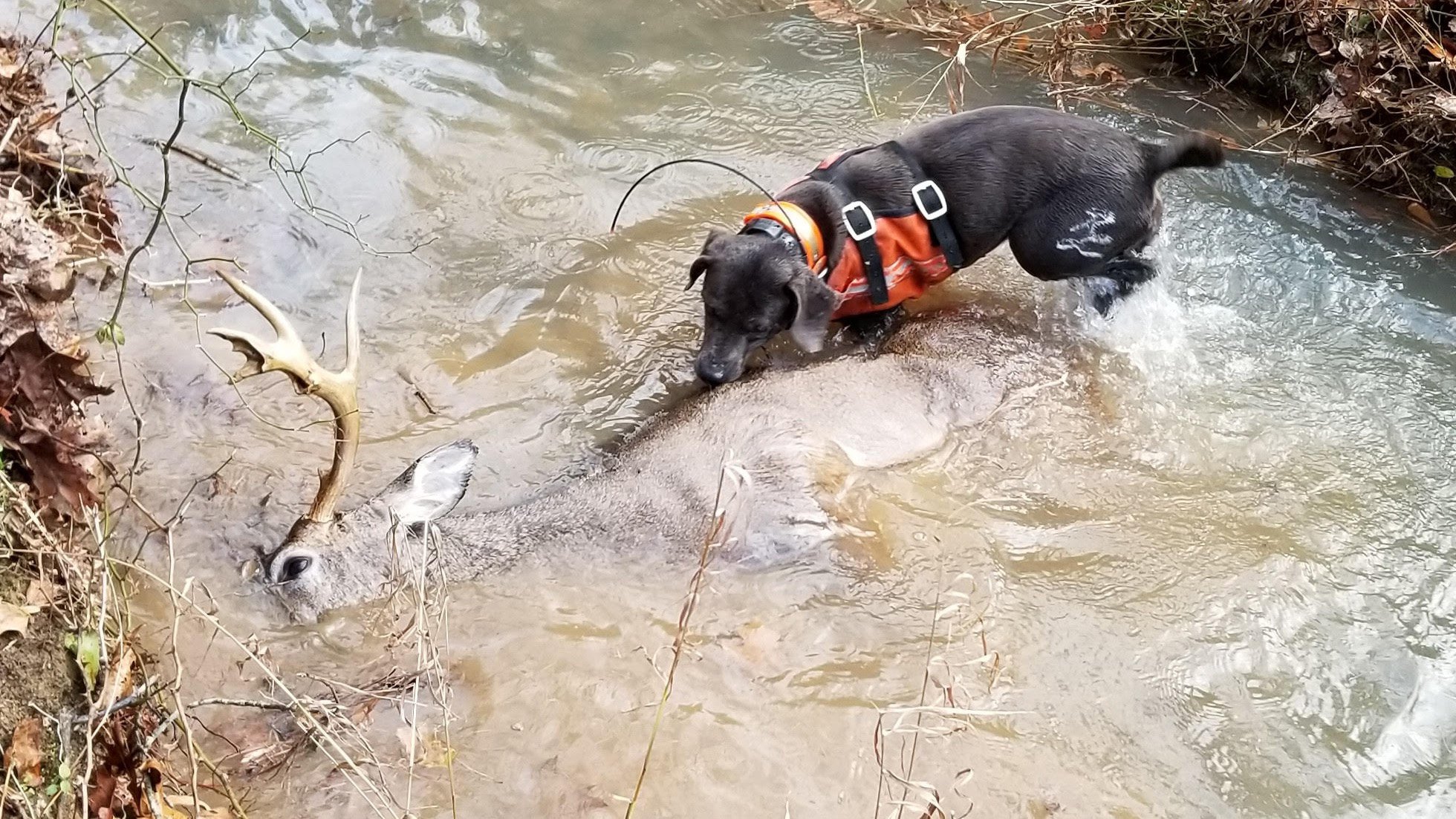
Those 70 or so tracking teams aren’t the only folks in The Natural State who enjoy working with their dogs, either.
“There really are a lot of people just like I was, tracking for family and friends,” Besancon said. “But you want to work with the dogs as much as you can to keep them in good shape, so many will ask to be listed on the page. I meet with trackers who want to be listed, and I evaluate them and the dog to make sure someone who contacts someone from our group gets as good of an opportunity to recover their deer as possible. I’ve had to turn down a few people who hadn’t built up enough tracking experience yet, but when someone has spent months looking forward to their hunt, we want to do everything we can to add to their odds of recovering their deer should they need us.”
Jason “Buck” Jackson, AGFC statewide Wetlands Program coordinator, joined the blood-trailing network a couple of years ago, and says “blood-trailing” can be a bit of a misnomer. His dog, Chloa, uses more than the scent of blood to track the deer.
“She’ll key on blood if it’s there,” Jackson said. “But usually if we’re called out it’s because the blood has stopped or become so faint that you can’t find it. Instead, the dogs key on scent from the deer’s interdigital gland.”
The scent-producing glands are found in the soft space between the two toes on each of the deer’s hooves. The deer will emit a faint scent through those glands that well-trained dogs can pick up on.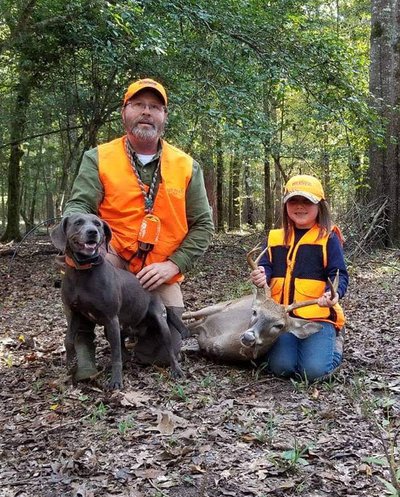
“That is really what she’s looking for,” Jackson said. “A deer that’s been fatally wounded will put off a certain scent, and she’ll react differently if she smells that.”
Besancon says many trackers who have worked with their dogs enough will tell the same story.
“When my dog gets on a track, I can usually tell if we’re going to be finding a deer or if we’re just going to be spending the day going for a walk in the woods,” Besancon said. “We’ll give it our best if we’re out there, but sometimes we have to explain if the signs just don’t look like a fatal hit. A lot of times we’ll get a phone call from the hunter who sees the deer on a game camera later in the season.”
Besancon says a lot of other factors can influence success as well.
“The temperature and humidity are big influences on the dog’s ability to find game,” Besancon said. “Hot, dry conditions are horrible for the dog. But if there’s a little humidity or has been a little rain, it can really up the chances of finding a fatally hit deer. Moisture carries those scent molecules much better than dry air.”
Given good conditions Besancon’s been able to recover hundreds of deer that otherwise would have gone to waste.
“My longest track job has been about 2 miles, and the coldest trail we’ve started on was 50 hours old before we could get the dog on it,” Besancon said. “We’ve recovered 200-pound bucks with trophy antlers and we’ve recovered 50-pound does; my dog gets just as excited every time.”
Every member of the network will have plenty of opportunities to watch their dogs work. Besancon says he averages more than 100 tracks per season and has to turn down many others that he simply can’t get to.
“I tell our trackers to be ready if they are listed on the page because their phone is about to blow up,” Besancon said. “If you’re only interested in doing 10 or 15 tracks a season, you probably don’t want to be listed with our group because there’s definitely a demand out there with the hundreds of thousands of hunters in the woods each fall.”
Besancon says the fees for tracking vary with each handler and dog, but most usually do it just for the fun of the pursuit.
“I can promise you that no one is going to the Bahamas on their tracking money,” Besancon said. “I don’t even have a fee, but I’ll accept tips the hunter sees as fair. I pretty much just cover our vet bills and travel expenses from that.”
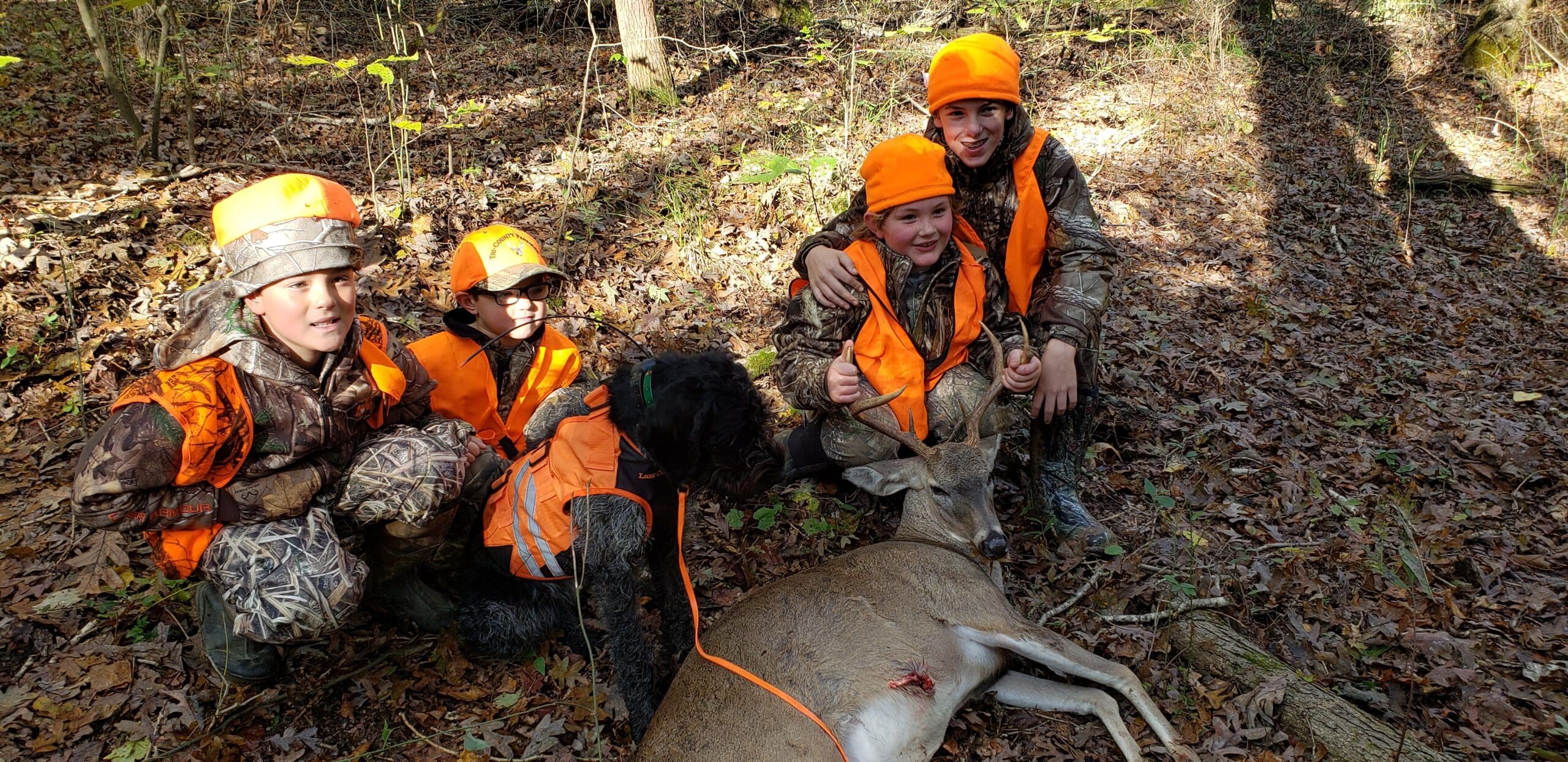
Besancon and Jackson both agree that the best way hunters can improve their success finding wounded deer, with or without the aid of a tracking dog, is to pay close attention to the way that deer reacts.
“The hunt isn’t over the minute you pull the trigger,” Jackson said. “Instead of celebrating, keep a close eye on that deer until it is out of sight and listen closely to see if it changes direction or crashes. Take a minute and replay everything that happened in your mind. Write it down if you need to so that you can remember. The more information you can relay to someone who’s helping track the deer, the better your chances of them finding it.”
Besancon agrees, adding that many times he can help people find their deer through the phone call without ever actually bringing the dog to the location.
“How that deer reacts will tell you a lot about the shot placement, so be honest with the tracker about everything you saw,” Besancon said. “A lot of things can happen in the field. The deer might move at the last moment, a twig may deflect an arrow, or maybe a little buck fever sets in. No one is judging anything, but the more details you take down and relay to the tracker, the better your chances are of finding your deer.”
Another tip is to call a tracker from the network as soon as you know you’re not going to be able to find it on your own. More people that are introduced to the scene means more scents that can muddy up the track for the dog once it arrives.
“If the dog can’t find the deer, you can always do a grid search with a larger group of people later,” Besancon said. “But the fresher and cleaner the track is, the better our chances of finding your deer for you.”
Both also agree that patience has recovered more deer than any tracking dog.
“I don’t know where people heard to wait 30 minutes after the shot before looking for your deer, but they need to throw that out the window and wait longer,” Besancon said. “Get a good bead on where the shot site was and back out. If the deer left in the direction you need to travel, make a big circle. I can’t tell you the number of tracking jobs I’ve been to where the deer actually stopped within the first 40 yards and got bumped. A little more patience and that deer would have been recovered with hardly any tracking job at all. You’ve spent all summer waiting and preparing for that hunt, an extra couple of hours isn’t going to hurt.”
Recent News
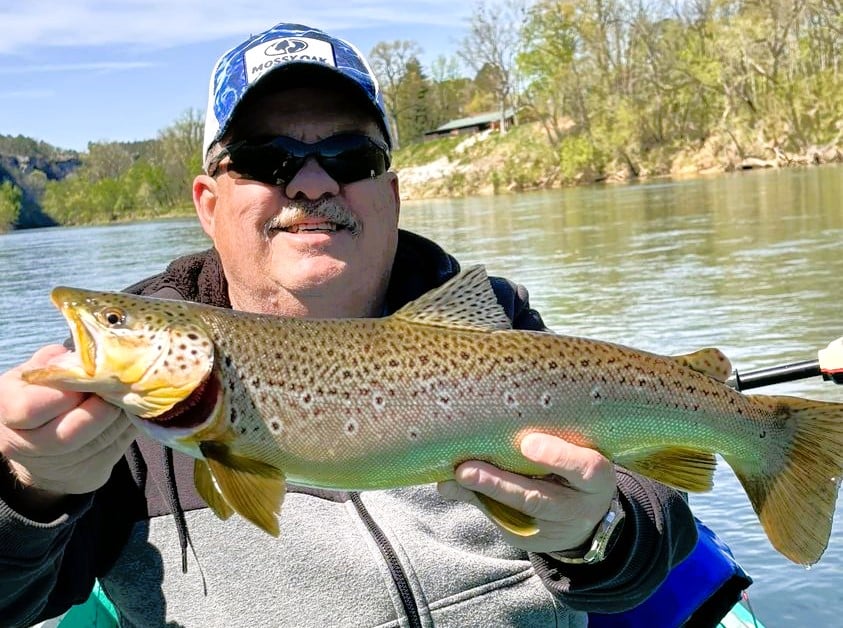
Arkansas Wildlife Weekly Fishing Report
Apr. 18, 2024
Subscribe to Our Weekly Newsletter E-mails
Don’t miss another issue. Sign up now to receive the AGFC Wildlife Weekly Newsletter in your mailbox every Wednesday afternoon (Waterfowl Reports are published weekly during waterfowl season and periodically outside the season). Fishing Reports arrive on Thursdays. Fill in the following fields and hit submit. Thanks, and welcome!

